Current Open programs
Active programs currently accepting submissions
ReBooT
Repurposing drugs for biological threats.
ReDIRECT

Repurposing commonly available drugs to rapidly treat conditions caused by exposure to chemical agents.
Influenza Vaccine Innovation

Mitigating future pandemics through more effective, durable, and deliverable influenza vaccines
Healing Lungs
Advancing technologies that help patients with acute respiratory distress syndrome (ARDS), oxygenate their blood, without further straining ARDS patients' lungs.
IMMUNECHIP+

Enhance the usability of 3D human tissue models ("tissue chips") as tools for drug development.
D-COHRe

Decentralized Clinical Operations for Healthcare and Research
Current Active programs
Active programs, but paused for accepting submissions
Repair
Repurposing and advancing innovations against Rad/Nuc threats.
Digital MCMs
Empowering people to respond to health security threats through rapidly deployable digital health tools.
Agnostic Diagnostics

A diagnostic test to identify any and every pathogen from a single sample.
DRIVe Forward
Funding program to support high risk, high reward innovation on specific topics.
Lab at Home

On-demand, at-home detection of biochemical health markers to enable diagnostics and telemedicine services.
Host-based Diagnostics
Harness a patient's systemic responses to inform on health threats and clinical impact.
Host-directed Therapeutics
Advancing therapies focused on fortifying and restoring balance to the patient's defense mechanisms.
VACCINES ON DEMAND
Making vaccines where they're needed when they're needed.
Closed programs
Past programs, closed and here for reference
COVID-19 RESPONSE

Rapid and widely available access to COVID-19 testing in the home setting.
ENACT

Interpreting physiological signals for pre- or early symptomatic detection of infection.
BEYOND THE NEEDLE

Develop alternative delivery methods for vaccines and other therapeutics.
For General Inquiries : drive@hhs.gov